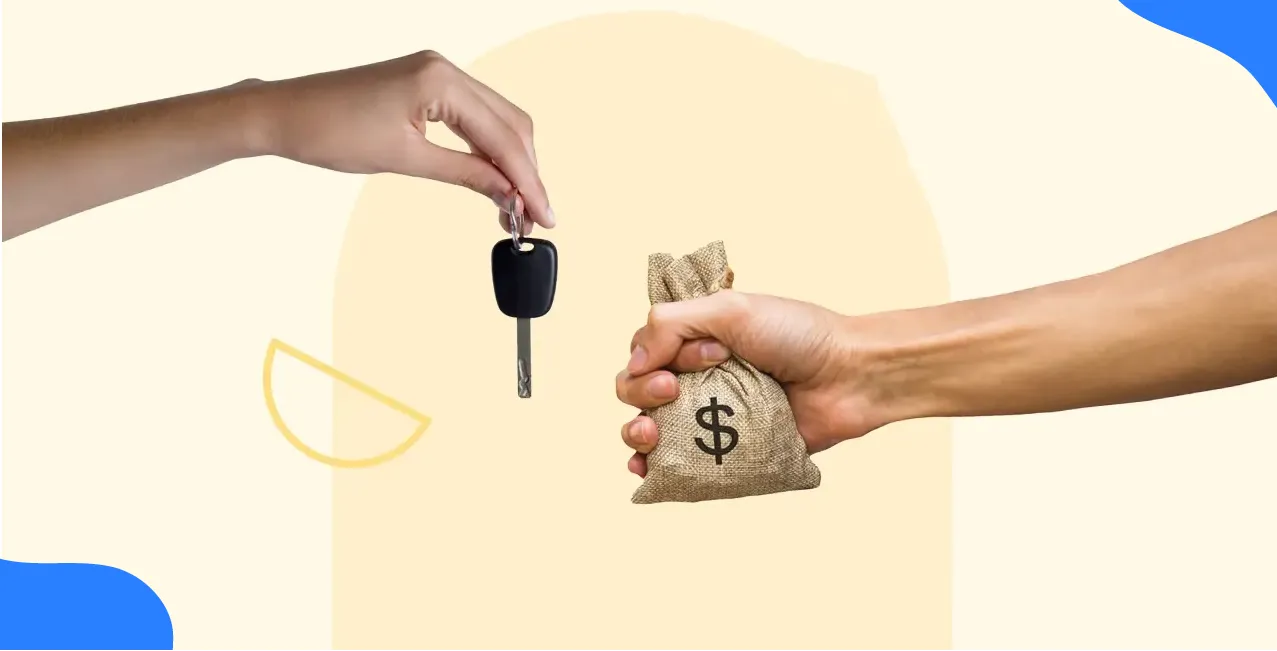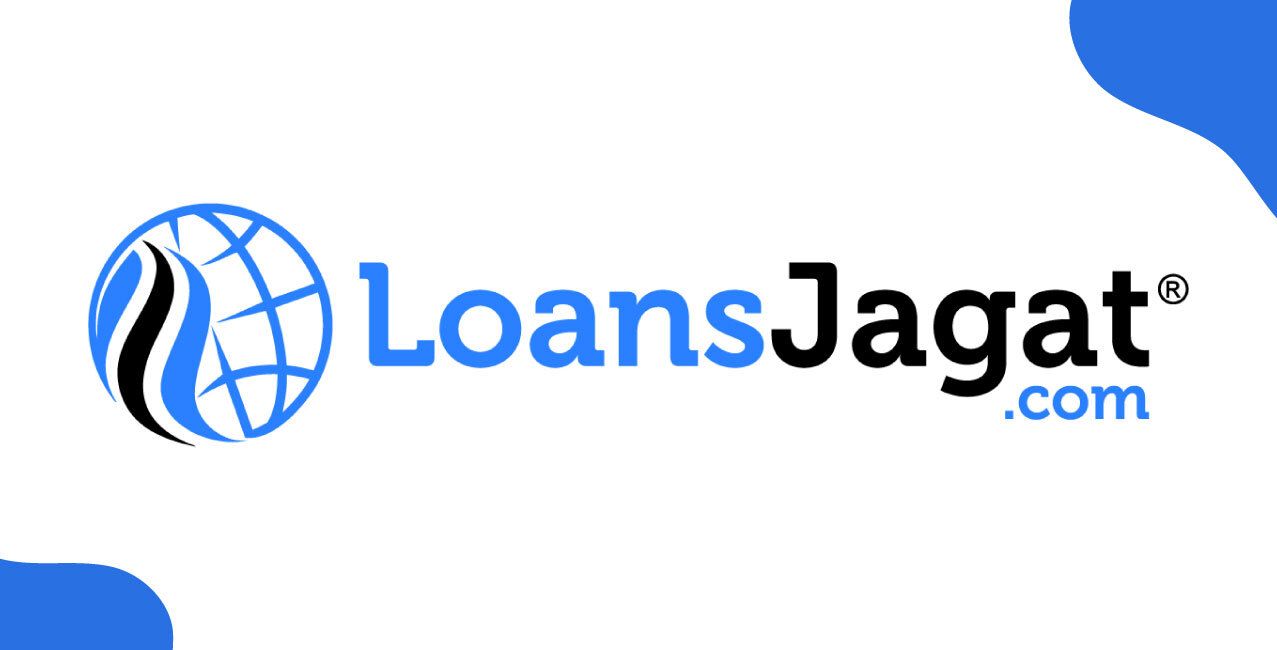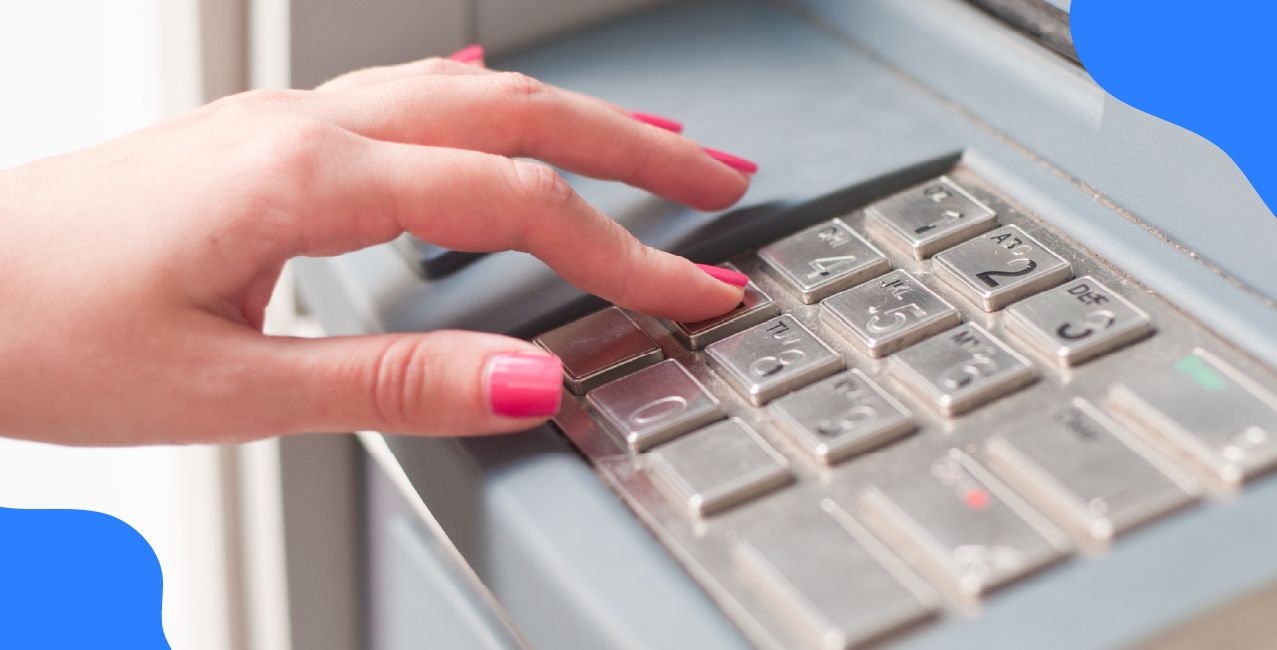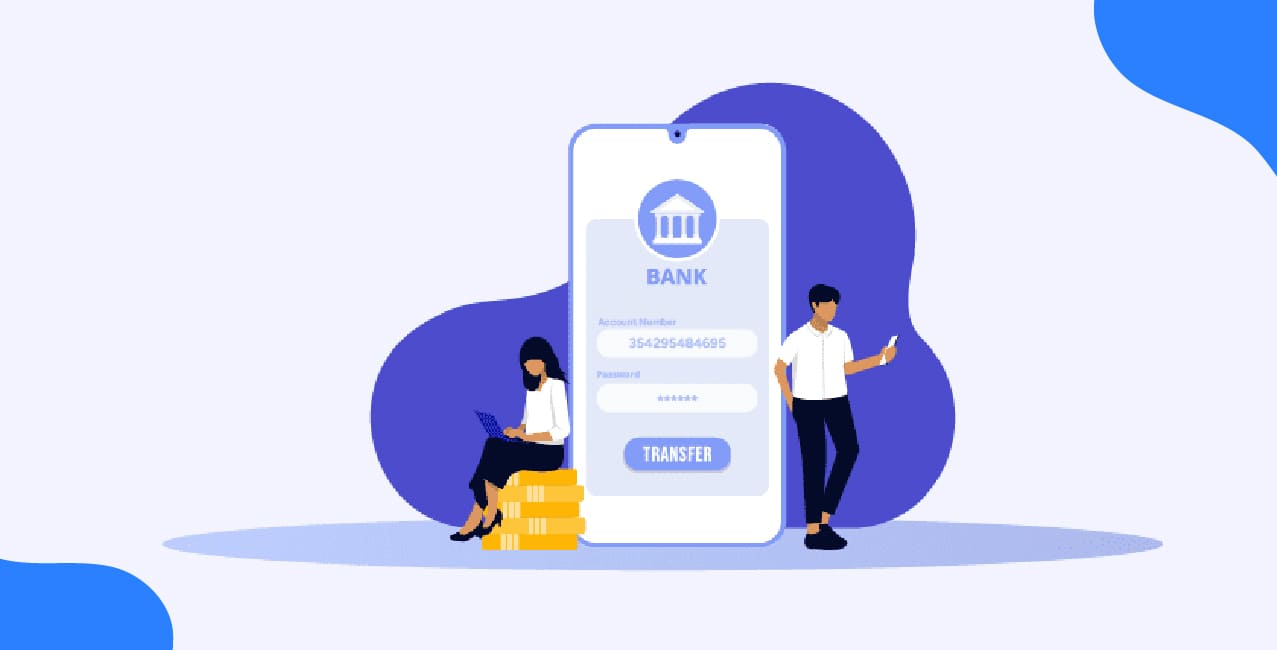
Author
LoansJagat Team
Read Time
6 Min
06 Aug 2025
What Is Collateral? Meaning, Types & Use in Secured Loans
Collateral refers to an asset that a borrower offers to a lender as security for taking a loan. By reducing lender risk, collateral makes it easier for borrowers to access large sums.
Rashmi took a loan of ₹10,00,000 to expand her shop. She decided to offer her commercial property as a guarantee. If she defaults, then the lender can legally recover the dues from that asset.
This system aims to protect lenders. Also, it makes it easier for borrowers to access large sums. This blog aims to discuss in detail about the collateral, its types, and its use in secured loans.
Why Do Lenders Require Collateral?
No one can lend a large amount without ensuring that their money is safe. Just like that, banks or NBFCs also want this assurance. Collateral acts as that safety net.
If repayment is not done, the lender has permission to sell your security and recover the loan amount.
For the borrower, offering collateral often results in better loan terms, such as lower interest rate, or longer repayment period.
Key Highlights Of Collateral
Collateral is an essential part of secured lending and plays a key role in deciding loan eligibility, amount, and interest rate. The following table shows the main features of collateral:
From the above-mentioned table, you can see that collateral can make loans more accessible and affordable by using assets you already own to your advantage.
What Assets Can Be Used As Collateral?
Generally, you can use the following assets as collateral:
1. Property
It is common in mortgage or property loans. This includes:
- Flats
- Independent houses
- Plots
- Commercial buildings
Example:
You might get a loan of ₹45 lakh by offering a flat worth ₹60 lakh.
2. Gold
Most people pledge gold jewellery or coins to get quick, short-term loans. The loan amount depends on purity and weight.
Following new RBI guidelines, gold and silver loans must follow stricter valuation and security norms. Lenders now cap the loan-to-value ratio at 75%, they must issue a gold purity certificate, and proof of ownership is required.
3. Fixed Deposits
Lenders allow loans against FDs, generally up to 90% of the FD value. Usually, the interest is 1 to 2% higher than the rate of the FD.
4. Vehicles
Cars, bikes, or commercial vehicles are used in auto loans. The asset remains under hypothecation until you repay the loan.
For example, if you purchase a car worth ₹8 lakh with an auto loan of ₹6.5 lakh, the vehicle is hypothecated to the bank until the full amount is repaid.
5. Insurance Policies
Several lenders accept endowment and money-back plans with surrender value as collateral.
The Loan-to-Value (LTV) ratio shows the percentage of a collateral’s value that a lender is willing to offer as a loan.
Read More – Get a Business Loan Without Collateral – Expert Tips & Options
A higher LTV means you can borrow more against the asset, but it may come with stricter repayment terms. The following are the typical loan-to-value (LTV) ratios for collateral:
The table mentioned above provides you with a general idea of the LTV ratio and collateral.
How Does Collateral Work In Secured Loans?
Once you, as a borrower, pledge an asset, the lender verifies its ownership and market value. Your lender will approve your loan based on this value.
If you make your EMI payments on time, then your asset stays untouched. If you default, then your lender has the legal right to recover the amount by selling or seizing your asset.
Use Of Collateral In Different Loan Categories
You can use collateral in these commonly available loan types listed below:
1. Home Loans
The property being purchased itself becomes the security in home loans. If the borrower fails to pay EMIs for three consecutive months, the bank may issue a default notice.
For example, Raj takes a loan of ₹40 lakh to buy a flat and misses payments for over 90 days. The lender can initiate legal proceedings and eventually auction the property to recover the dues.
2. Loan Against Property (LAP)
You can pledge a residential or commercial property to raise funds for education, business, or medical needs.
Example:
Suppose you took a LAP of ₹25 lakh for 10 years at 10% p.a.
Please note: “Figures are approximate, calculated using a standard EMI formula without accounting for reducing balance.”
3. Gold Loans
Fast and hassle-free, gold loans are used for short-term needs. The gold is returned once you clear the dues.
For instance, Priya pledges 50 grams of 22K gold and receives a loan of ₹1.75 lakh. She repays the loan in 6 months, after which the gold is safely returned to her by the lender.
4. Business Loans
Businesses often use various tangible assets to secure loans, depending on their funding requirements and available resources. The table below outlines common types of collateral and their typical use cases:
These assets help businesses access tailored credit solutions based on their operational needs and repayment capacity.
Government Schemes Offering Collateral-Free Loans
It is not possible for every borrower to provide collateral. In such a case, collateral-free loans are very helpful.
Also, some MPs have requested that farm loans up to ₹2 lakh be provided without collateral to support small and marginal farmers.
Also Read - Understanding the Difference Between Secured vs Unsecured Personal Loans
What Happens If You Misuse Collateral?
Misuse of collateral, like using one asset for multiple loans or buying unauthorised property with loan money, can lead to serious penalties. These may include criminal charges, asset seizure, a poor credit score, and difficulty getting future loans.
In one such case, the ED attached ₹2 crore worth of property that was bought using a bank loan under fraudulent claims. Such acts are considered financial fraud in India and may trigger investigations by authorities like the ED or CBI, along with blacklisting by banks.
Advantages Of Using Collateral
The following are the common benefits of using collateral:
- The rates of interest are usually lower due to reduced risk for lenders.
- Helps in building credit when repaid on time.
- Better approval chances if you lack credit history.
- Generally, you have the capacity to borrow more in comparison to unsecured loans.
Conclusion
You might have understood by now that loans backed by collateral are a core part of the lending system. They reduce the risk to the lender. Also, it helps borrowers access higher loan amounts at better terms.
However, you cannot just pledge collateral. You need to do it with full awareness. If misused or defaulted, then you risk losing the pledged asset. The use of collateral is evolving fast with the use of property, gold, fixed deposits, and crypto.
Also, through well-structured government schemes, collateral-free loans are expanding access for students, women, farmers, and small businesses.
FAQs
1. Can I pledge jointly owned property?
Only with the consent of all co-owners.
2. Is digital gold accepted as collateral?
A few fintech lenders now accept it, but not all traditional banks do.
3. Will my CIBIL score still matter in a secured loan?
Yes, even with collateral, your credit history plays a role.
4. What happens to the collateral during a loan dispute?
It may be legally frozen or taken into custody by the lender.
Other Informative Pages | |||
About the Author

LoansJagat Team
‘Simplify Finance for Everyone.’ This is the common goal of our team, as we try to explain any topic with relatable examples. From personal to business finance, managing EMIs to becoming debt-free, we do extensive research on each and every parameter, so you don’t have to. Scroll up and have a look at what 15+ years of experience in the BFSI sector looks like.

Quick Apply Loan
Subscribe Now
Related Blog Post


